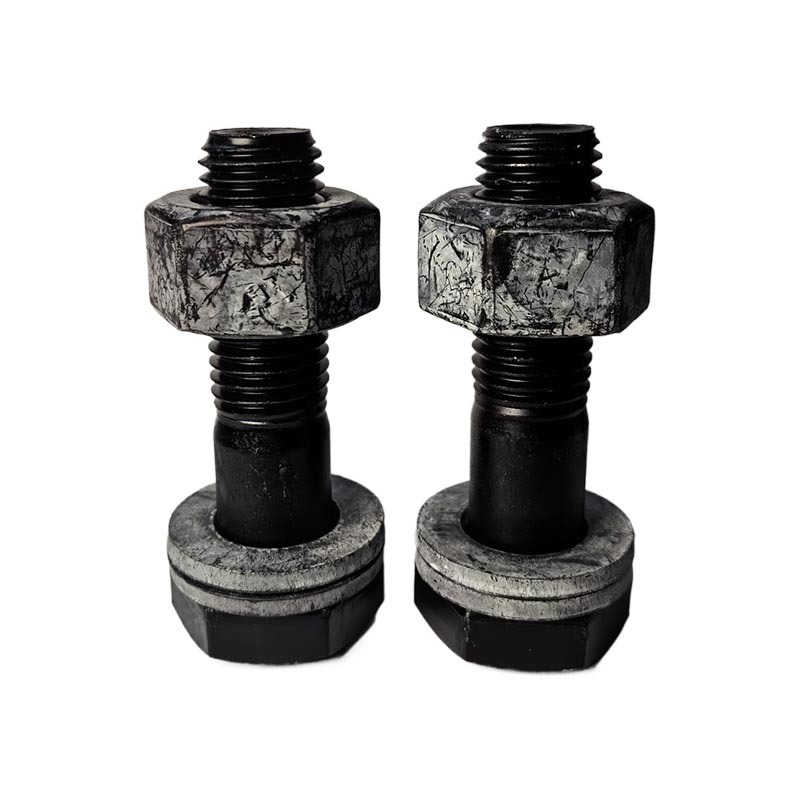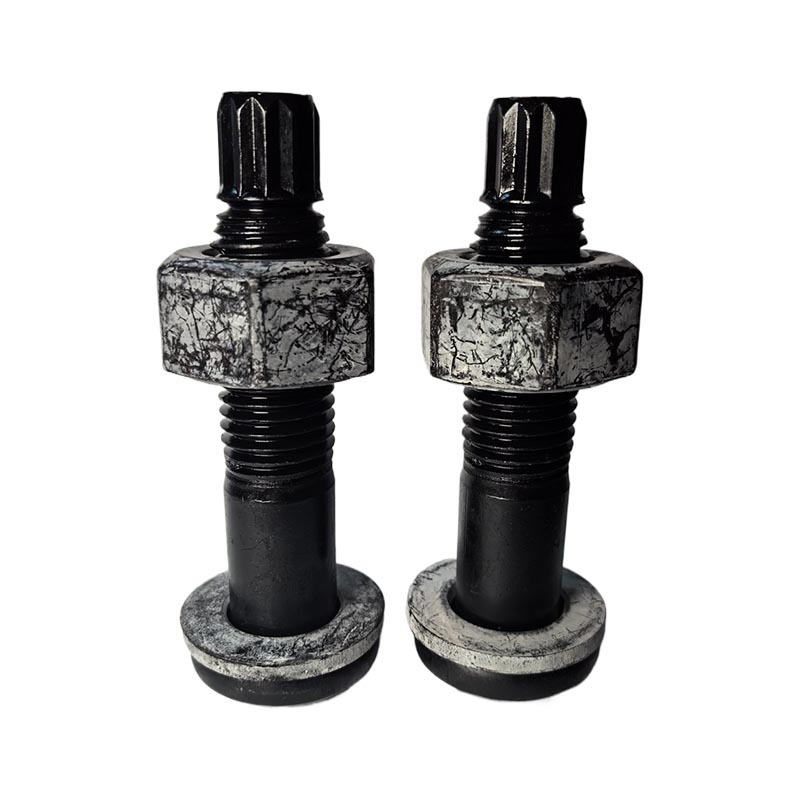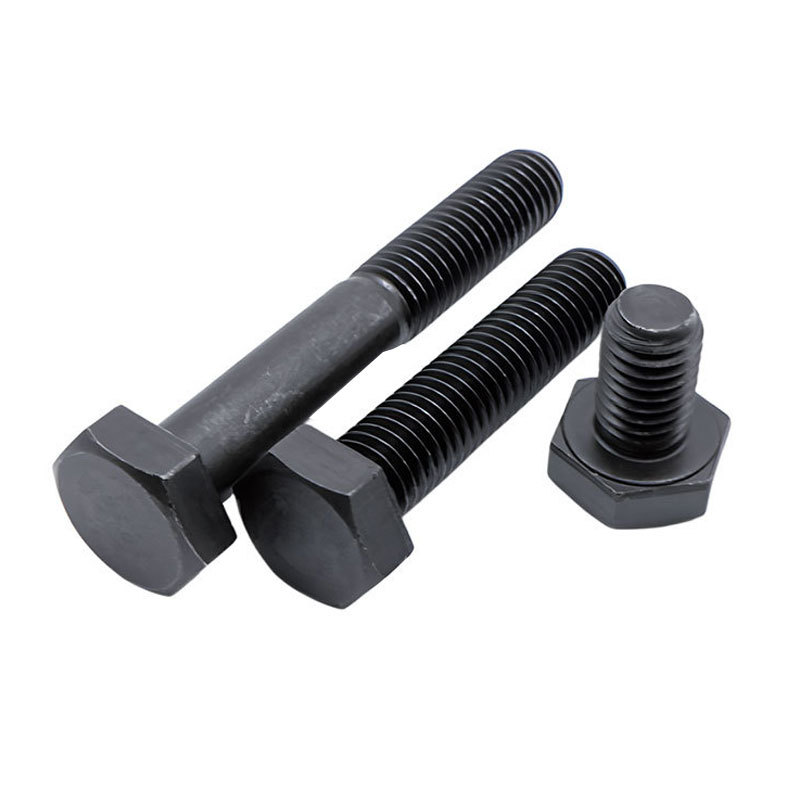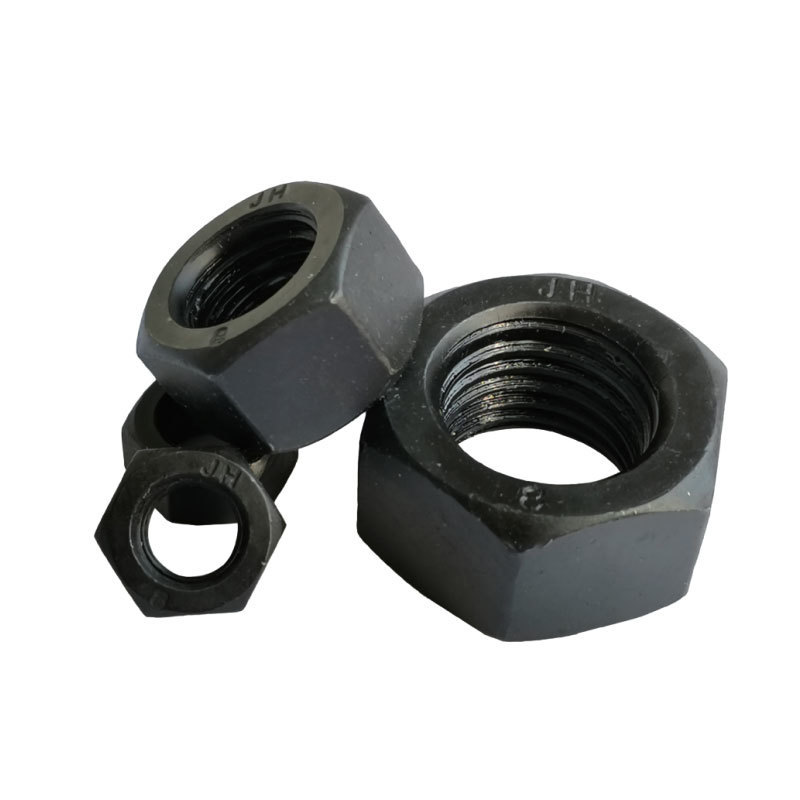Unlocking the World of Hex Nuts: A Comprehensive Guide
Oct 31,2025
Understanding Hex Nuts
So, what exactly is a Hex Nut? Well, it's a type of fastener that's as common as dirt in the world of construction and DIY. You might not notice them at first glance, but these little guys hold everything together — literally! Shaped like a six-sided die, hex nuts are used to secure bolts and screws, making them essential in various applications, from furniture assembly to heavy machinery.
The Anatomy of a Hex Nut
Now, let's break it down. A hex nut typically has a thread inside, which allows it to screw onto a bolt. The dimensions of these nuts can vary, but they generally come in standard sizes like M6, M8, or M10. Did you know? The "M" stands for metric! Hex nuts are usually made from materials like steel, brass, or nylon, each offering its unique benefits. For instance, steel hex nuts provide strength, while nylon hex nuts are great for electrical insulation.
Why Use Hex Nuts?
Alright, let's get to the heart of the matter. Why should you even bother with hex nuts? For starters, they're incredibly versatile. Whether you're fixing a loose chair leg or putting together a birdhouse, these nuts can be your best friend. Plus, they're easy to use; just grab a wrench, and you're good to go! But, hold on a sec — it's not just about convenience. The right hex nut can make all the difference in ensuring your project is durable and safe.
Types of Hex Nuts
Believe it or not, there's a whole variety of hex nuts out there. Here's a quick rundown of some popular types:
- Standard Hex Nut: The classic choice that fits most applications.
- Lock Nut: This design keeps things tight and prevents loosening due to vibration.
- Flanged Hex Nut: With a built-in washer, this nut distributes load and is great for softer materials.
- Nylock Nut: Featuring a nylon insert, this one's your go-to for high-vibration environments.
Each type has its own special use case, and knowing which one to use can save you time and headaches down the line.
Installation Tips
Alright, folks, let's talk installation. While using a hex nut might seem straightforward, a few tips can make the process smoother:
- Always match the nut with the correct bolt size. An ill-fitting nut is a recipe for disaster!
- Use a torque wrench to apply the right amount of force. Too much torque can strip the threads.
- Don't forget to clean the threads before installation to remove any dirt or debris.
With these tips in your back pocket, you'll be a hex nut pro in no time!
The Environment and Hex Nuts
In today's eco-conscious world, you might be wondering about the environmental impact of using hex nuts. Many manufacturers are now creating eco-friendly options, using recycled materials or applying sustainable practices. So, if you're a DIY enthusiast who cares about Mother Earth, don't hesitate to look for those sustainable hex nuts!
Final Thoughts
In conclusion, whether you're a seasoned pro or a DIY newbie, understanding the significance of Hex Nuts can enrich your projects and enhance your skills. They may be small, but they pack a mighty punch when it comes to construction and repairs. Next time you're in the hardware store, take a moment to appreciate these unsung heroes of the fastener world. Happy building!
More Application
The Nuts and Bolts of Hex Nuts: Common Questions Unpacked
Unlocking the World of Hex Nuts: A Comprehensive Guide
Unpacking the Importance of Hexagon Flange Bolts in Today's Industry
Unlocking the Power of Hexagon Flange Bolts in Modern Industry Solutions





